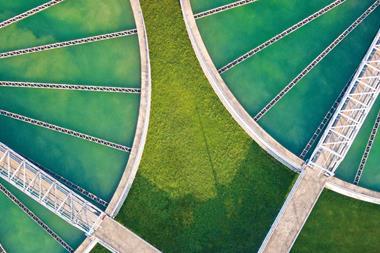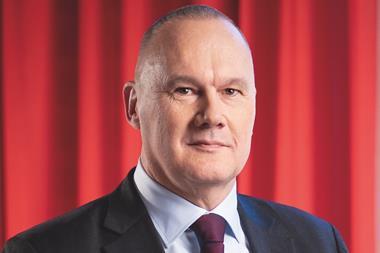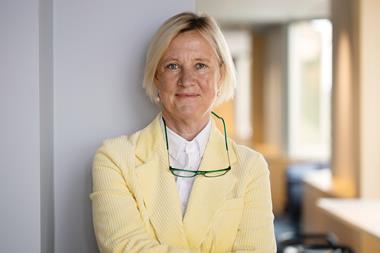AP4 has revealed how a recent update to its thematic sustainability analysis has thrown up new sectors for potential investment – including biomaterials from wood and green metals.
The SEK500bn (€43.7bn) national pensions buffer fund said in its annual report that it continuously analysed sustainability trends and sought out investment opportunities expected to contribute to, as well as benefit from, the transition in the long term, and which also provided a good expected return.
In 2023, the Stockholm-based buffer fund said it carried out an update of the sustainability trends analysis that it had first performed in 2018.
Mikael Anveden, head of portfolio analysis at the fund, said: “It has both developed our knowledge and provided refined tools for our asset management organisation.”
“Both these aspects are important for our ongoing work to identify good, well-balanced thematic sustainability investments,” he said.
The fund said that in the thematic analysis update, it had grouped the most relevant sustainability megatrends into five themes, which together accounted for around 90% of global emissions.
These five themes include the “smart, efficient and flexible production of fossil-free energy” and the sustainable management of land and water, agriculture, forestry and biodiversity conservation, for example, according to the report.
Anveden said these trends changed at different rates and had varying effects on the climate leading up to 2030 – the time horizon the fund used in the analysis.
“We remain focused on the areas where we have been making investments for several years, such as wind and solar power, but we have also identified interesting areas to monitor going forward,” he said, adding: “Examples of these include biomaterials from wood and green metals.”
Based on the investment themes identified, the AP4 team compiled a list of specific areas offering opportunities for AP4 to invest.
Since the individual investment areas changed over time, and might be more or less mature, AP4 said it developed a framework to continuously evaluate them.
“Two factors came into play when prioritising the investment areas. One is attractiveness, defined as market size, growth and regulatory headwinds/tailwinds,” Anveden said.
The second factor is investability, he said, which was defined as technological maturity and linked to relevant megatrends and expected capital inflows, adding that their importance for the climate transition was also key.
Read the digital edition of IPE’s latest magazine






































No comments yet